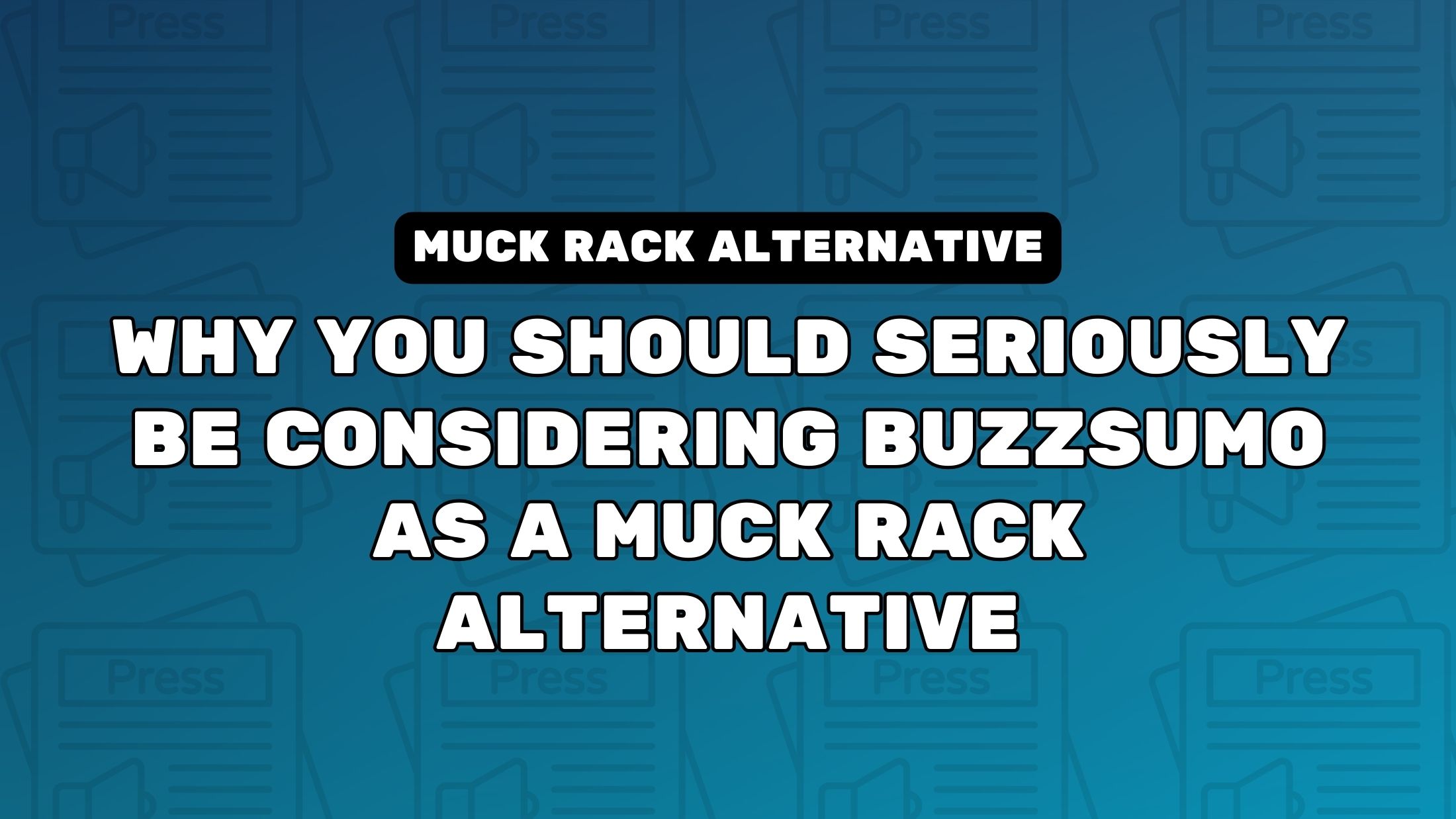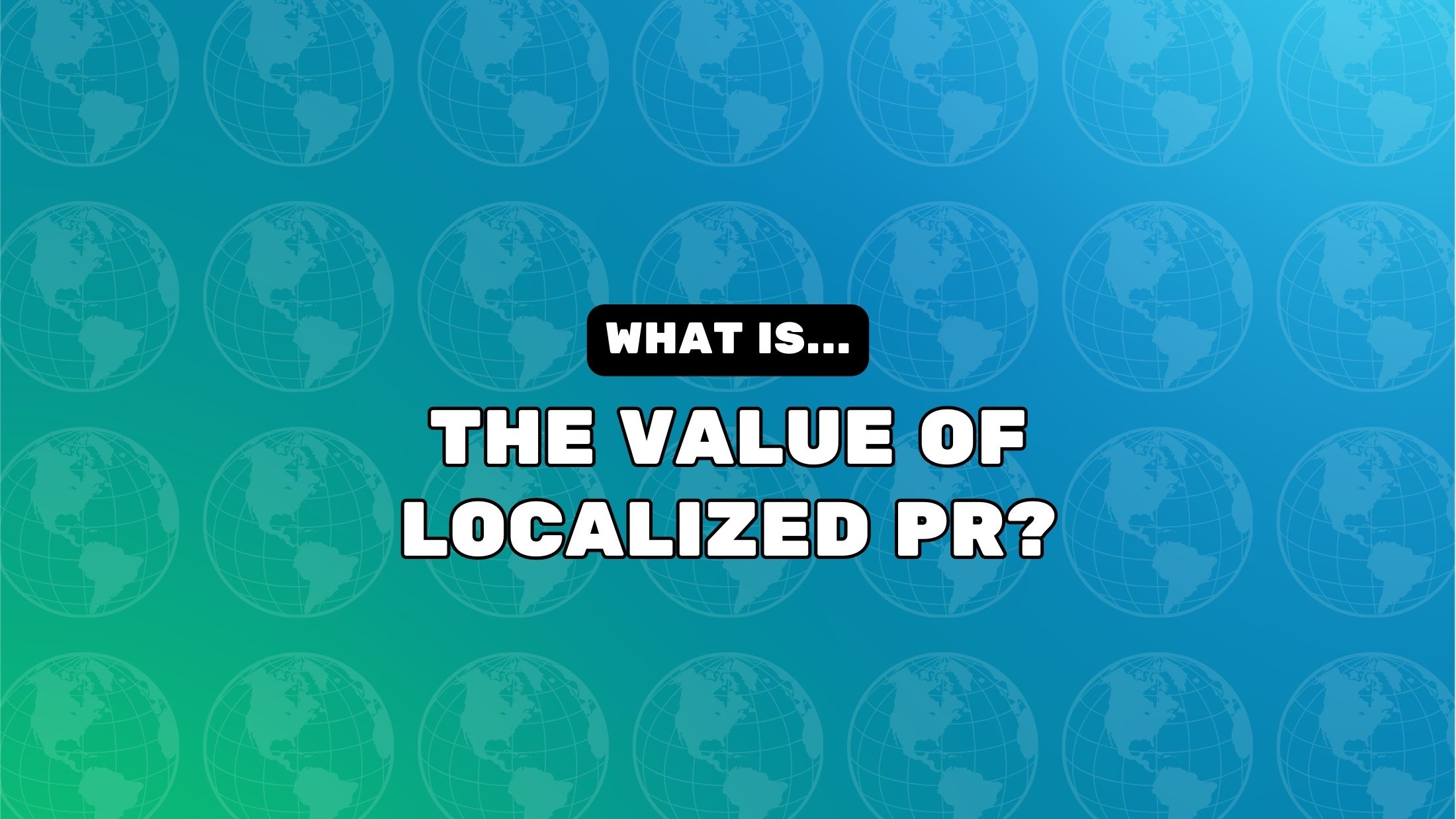Spray Foam Experts in Nevada Helping Reduce Monthly Utility Bills
Properly installed spray foam insulation by qualified Nevada experts can reduce monthly utility bills by 30-50% through superior thermal resistance (R-values of 3.7-6.5 per inch) and comprehensive air sealing capabilities. Nevada Urethane provides both open and closed cell foam solutions that effectively combat the state's extreme temperature fluctuations, offering immediate energy savings and long-term ROI through reduced HVAC loads, elimination of thermal bridges, and prevention of air infiltration that accounts for up to 40% of energy loss in typical homes.
Nevada's unique desert climate, with scorching summers and cold winters, demands specialized insulation knowledge that local spray foam professionals deliver through customized solutions for residential and commercial properties. These thermal barriers create a continuous insulation envelope that maintains consistent indoor temperatures while significantly reducing the workload on heating and cooling systems.
How Spray Foam Insulation Technology Reduces Energy Costs
Spray foam insulation creates an airtight seal that dramatically reduces energy transfer through walls, attics, and foundations. Unlike traditional insulation methods, spray foam expands to fill all gaps, cracks, and hard-to-reach spaces, eliminating thermal bridges and air leakage points.

|
Insulation Type |
R-Value Per Inch |
Air Barrier |
Moisture Barrier |
Lifespan |
Energy Savings Potential |
|
Open Cell Spray Foam |
3.7-3.8 |
Yes |
No |
50+ years |
20-30% |
|
Closed Cell Spray Foam |
6.0-6.5 |
Yes |
Yes |
50+ years |
30-50% |
|
Fiberglass Batts |
2.9-3.8 |
No |
No |
15-20 years |
10-20% |
|
Cellulose |
3.1-3.7 |
No |
No |
20-30 years |
15-25% |
|
Rigid Foam Board |
3.8-6.8 |
No |
Varies |
20-30 years |
20-30% |
Open vs. Closed Cell Foam Applications
Open cell spray foam is lighter, more flexible, and typically less expensive than closed cell foam. It's ideal for interior walls, attics, and soundproofing applications where water vapor permeability is acceptable.
Closed cell spray foam offers superior insulation value and creates a vapor barrier, making it perfect for exterior applications, areas prone to moisture, and spaces requiring structural reinforcement.
Bonus Tip: For maximum energy efficiency in Nevada homes, consider a hybrid approach—closed cell foam for exterior walls and foundation areas with open cell foam in attic spaces for cost-effective full coverage.
Key Areas for Spray Foam Application in Nevada Properties
Strategic application of spray foam in critical areas yields the highest return on investment through energy savings:
Attic and Roof Spaces
In Nevada's climate, attics can reach extreme temperatures without proper insulation. Spray foam applied to the roof deck creates a sealed attic space that can reduce cooling costs by up to 40%.
[Image: Spray foam insulation being applied to attic rafters, creating a continuous thermal barrier]
Wall Cavities and Framing
Spray foam fills all gaps around electrical outlets, plumbing penetrations, and window frames that traditional insulation misses, eliminating up to 40% of a building's energy loss from air leakage.
Crawl Spaces and Foundations
Uninsulated foundations and crawl spaces allow significant energy transfer. Closed cell spray foam creates a moisture-resistant thermal barrier that prevents heat loss in winter and heat gain in summer.
Bonus Tip: When renovating, consider removing old insulation completely before applying spray foam for maximum performance and to eliminate potential moisture traps.
Technical Specifications of Modern Spray Foam Systems
Modern spray foam formulations offer enhanced performance characteristics that traditional insulation materials cannot match:
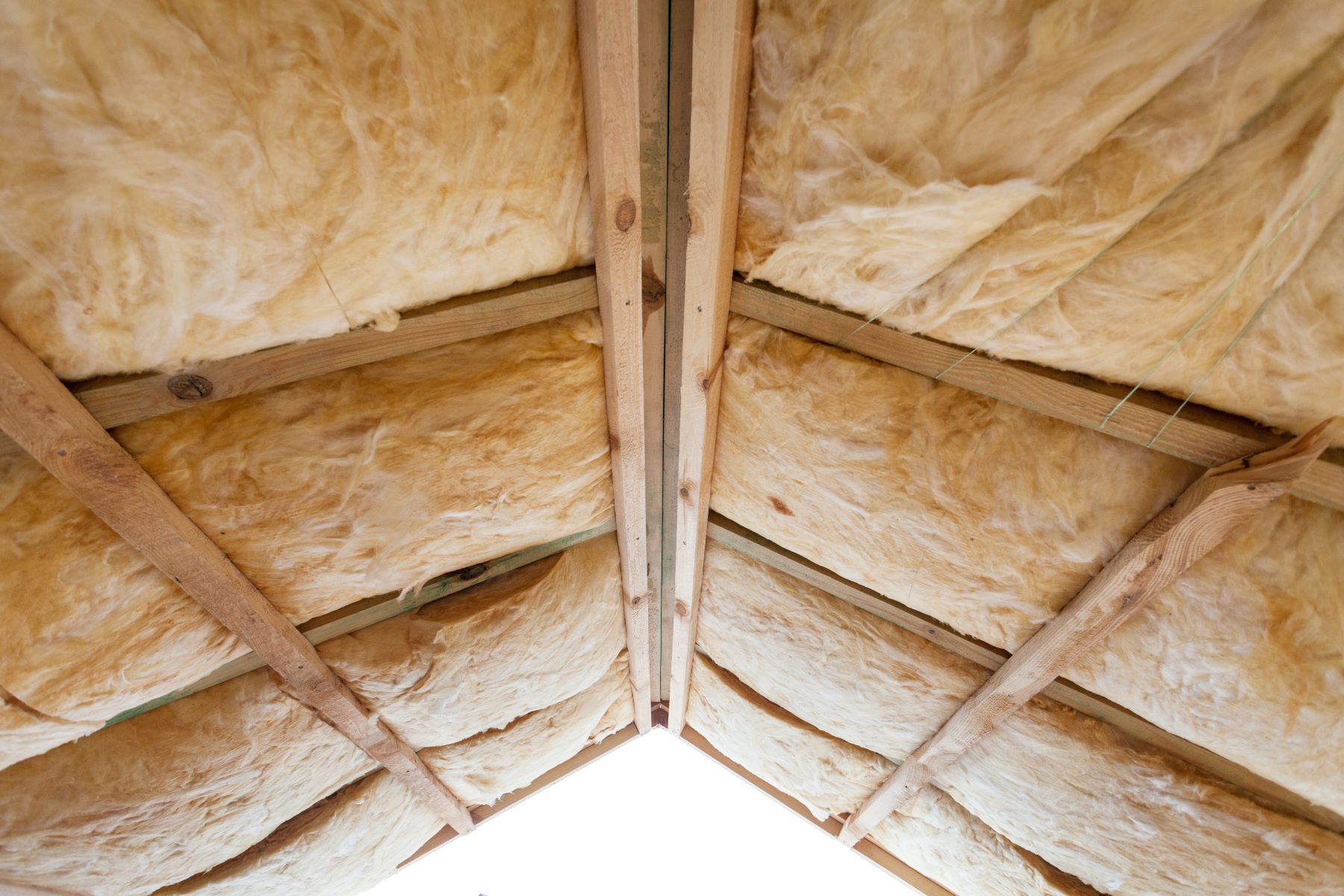
|
Technical Specification |
Open Cell Foam |
Closed Cell Foam |
Impact on Energy Efficiency |
|
Density |
0.5-0.8 lb/ft³ |
1.7-2.2 lb/ft³ |
Higher density provides better insulating properties |
|
Expansion Rate |
100-150× |
30-50× |
Higher expansion ensures complete cavity filling |
|
Air Permeance |
<0.02 L/s/m² |
<0.01 L/s/m² |
Lower air permeance reduces energy loss |
|
Vapor Permeance |
10-16 perms |
0.8-1.5 perms |
Lower perm rating prevents moisture issues |
|
Compressive Strength |
0.4-0.5 psi |
25-30 psi |
Higher strength provides structural benefits |
|
Sound Attenuation |
NRC 0.70-0.75 |
NRC 0.45-0.50 |
Higher NRC improves sound control |
Energy Performance in Nevada's Climate Zones
Nevada spans multiple climate zones, each requiring specific insulation strategies:
- Northern Nevada (Zone 5B): Higher R-values needed for colder winters, with emphasis on preventing heat escape
- Southern Nevada (Zone 3B): Focus on heat reflection and attic insulation to combat intense summer temperatures
- High Desert Regions: Requires solutions addressing both extreme heat and cold with daily temperature swings
Nevada Urethane's Comprehensive Insulation Services
Nevada Urethane offers specialized insulation solutions tailored to the state's unique climate challenges:
- Residential Spray Foam Insulation
- Commercial Insulation Services
- Attic Blown-in Insulation
- Insulation Removal
- Thermal Barrier Coatings
- Agricultural Foam and Coating
- Roof Coatings
- Spray Foam Roof Insulation
- Residential Insulation,
- Commercial Insulation
[Image: Professional spray foam technician applying insulation to residential wall cavity with proper safety equipment]
Things to Consider Before Making a Decision
Building Type and Construction
Different building structures require specific spray foam applications. Older homes may need insulation removal before installation, while new construction offers the opportunity for optimal coverage.
Local Climate Considerations
Nevada's varied climate zones demand tailored solutions. High desert areas experience dramatic temperature swings requiring higher R-values, while urban heat islands in Las Vegas benefit from reflective roof coatings combined with spray foam.
Long-Term Investment Analysis
While initial costs exceed traditional insulation, spray foam delivers superior ROI through energy savings, extended HVAC equipment life, and increased property value.
Indoor Air Quality Impact
Properly cured spray foam can improve indoor air quality by preventing outdoor pollutants, allergens, and dust from entering the building envelope.
Professional Installation Requirements
Spray foam requires specialized equipment and expertise for proper application. Always choose local insulation experts with proven experience in Nevada's climate conditions.
Common Questions About Spray Foam Insulation

Installation Process Timeline
Most residential spray foam installations can be completed in 1-2 days, with 24-48 hours recommended before reoccupying the space to allow for complete curing and off-gassing.
Existing Insulation Considerations
In most cases, removing old insulation before applying spray foam yields the best results by eliminating potential moisture traps and ensuring complete adhesion to surfaces.
Maintenance and Longevity
Quality spray foam insulation typically lasts for the lifetime of the building with no maintenance required, maintaining its R-value and air-sealing properties indefinitely.
FAQ About Spray Foam Insulation in Nevada
How much can spray foam insulation actually reduce my Nevada utility bills?
Most Nevada homeowners report 30-50% reductions in monthly utility costs after professional spray foam installation, with the greatest savings seen in older homes with previously poor insulation.
Is spray foam insulation worth the investment in Nevada's desert climate?
Absolutely. Nevada's extreme temperature variations make spray foam's air-sealing properties particularly valuable, typically providing full investment recovery through energy savings within 3-7 years.
How does spray foam compare to traditional insulation in long-term performance?
Unlike fiberglass or cellulose that can settle, compress, or absorb moisture over time, spray foam maintains its insulating properties for the life of the building without degradation in performance.
Can spray foam insulation be applied in existing Nevada homes?
Yes, trusted foam specialists can install spray foam in existing structures through various access methods, though some applications may require removal of drywall or exterior materials for optimal results.
How does spray foam help with Nevada's unique climate challenges?
High-quality insulation experts in Nevada design systems specifically addressing the state's dramatic temperature swings, low humidity, and intense solar exposure through strategic application of open and closed cell foams.
Ready to Achieve Lower Utility Bills Year-Round?
Spray foam insulation offers Nevada property owners a proven solution for dramatically reducing energy costs while improving indoor comfort. The superior air-sealing properties and thermal resistance make it particularly effective in Nevada's challenging climate zones.
For professional consultation on your specific insulation needs, contact Nevada Urethane's team of efficient insulation providers. Their local expertise ensures solutions tailored to your property's unique requirements.
Nevada Urethane (775) 500-0024 ihpfoam@gmail.com
Reviewer: Maria Lopez offered detailed feedback after reviewing this post. Her 10 years of experience in spray foam work helped guide the tone and suggestions toward realistic strategies.



































































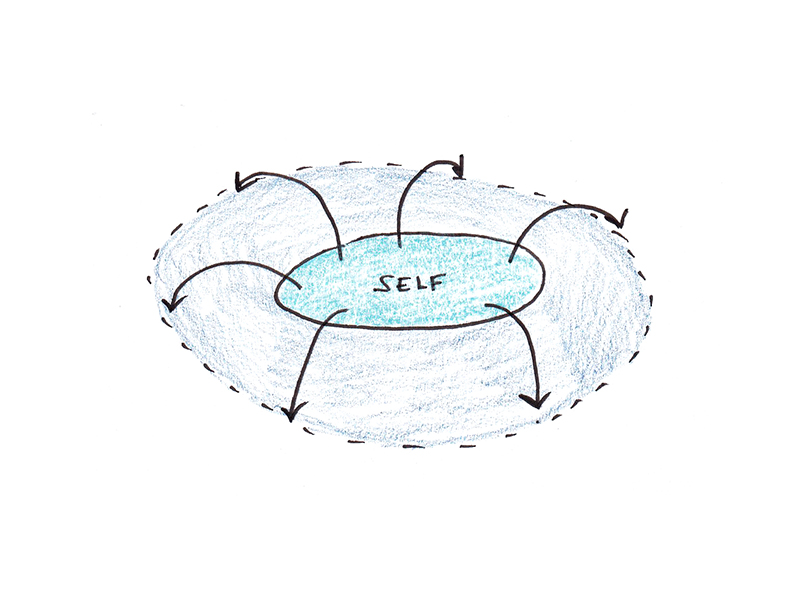

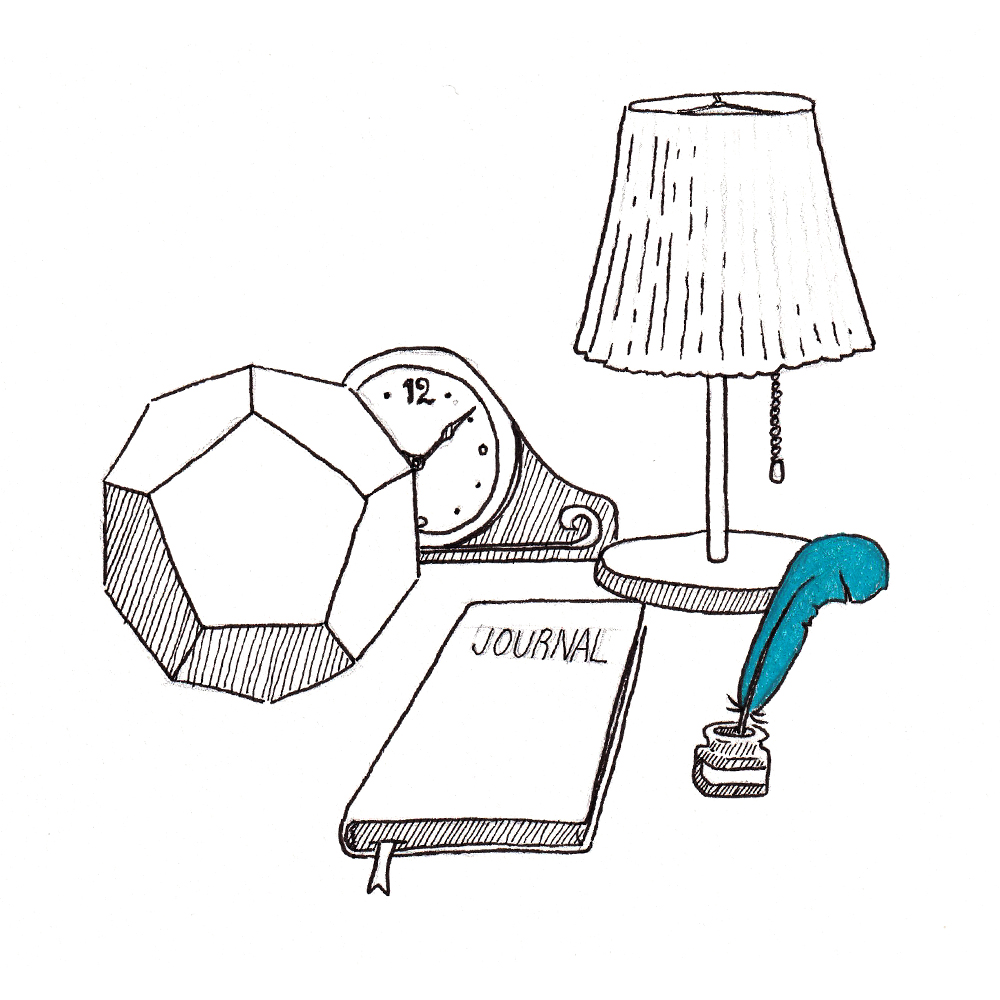



















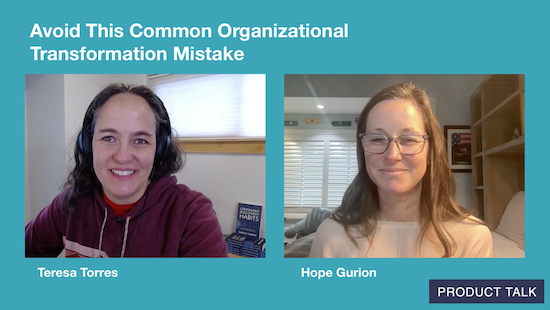











![Building A Digital PR Strategy: 10 Essential Steps for Beginners [With Examples]](https://buzzsumo.com/wp-content/uploads/2023/09/Building-A-Digital-PR-Strategy-10-Essential-Steps-for-Beginners-With-Examples-bblog-masthead.jpg)
